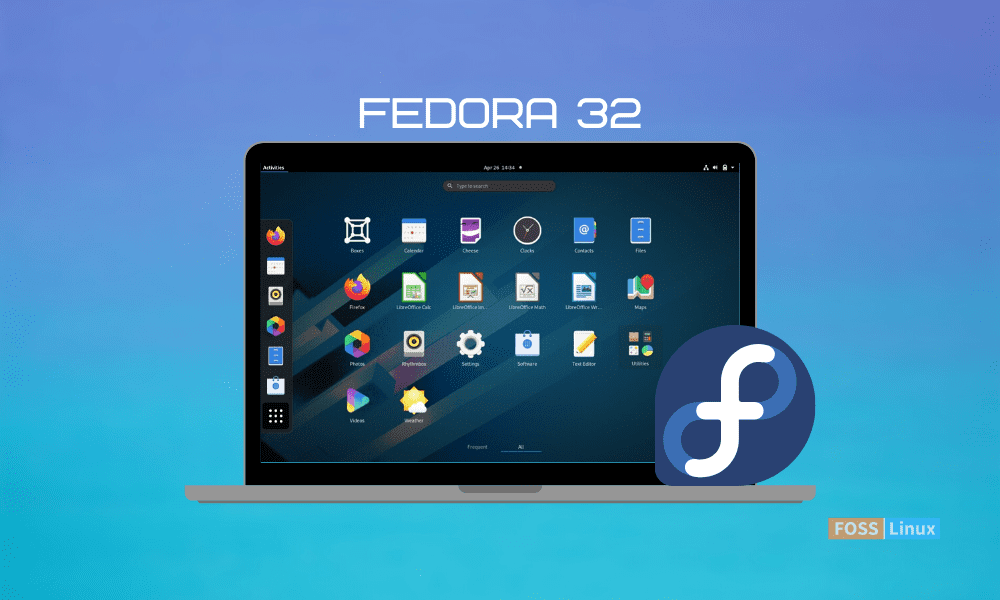Diving Into Fedora: A Newcomer’s Experience with the Open-Source OS
 Ken Wanyama Wekesa
Ken Wanyama Wekesa
Being accepted into the Outreachy Internship program was a thrilling milestone for me. Among the many open-source projects available, I was drawn to Fedora due to its strong community and its commitment to Free and Open Source Software. After exploring the Fedora Open Projects, I was particularly excited to dive deeper into how they are continuously evolving the Fedora Linux OS.
What is the Fedora Project?
The Fedora Project, founded in 2003, is a community that develops and coordinates the Fedora Linux OS—a Free and Open Source Software. It is made up of developers and users who share similar core values to build and improve the Operating System.
What happens in Fedora?
Many activities take place in the Fedora Open Source Community, such as:
Development and Testing: In the Fedora project, developers actively create and implement new features, which undergo rigorous testing before being integrated into the system. This ensures stability and reliability for users.
Community Engagement: Within the Fedora community, there are channels where users can connect with others who use the Fedora OS directly or through other packages and software, sharing insights and experiences.
Documentation and Translation: To understand and use software effectively, you need documentation that guides you through installing and using the system or software. Translating this documentation into different languages removes barriers for anyone wanting to use the Fedora system.
Artwork and branding: The artwork used on Fedora systems is usually done by freelance artists, which means that you do not necessarily need to have coding skills in order to contribute to the Fedora project.
Foundation principles of Fedora
The four core principles of Fedora are Freedom, Friends, Features, and First.
Freedom - This means that using and sharing the Fedora project is free, and the use of proprietary code or resources is limited. Everyone has access to the source code and can improve or modify it to suit their needs.
Friends - There is a strong community of people working together with a common goal. The Fedora project unites individuals from diverse backgrounds to share ideas and knowledge without discrimination, all to advance Free and Open Source Software.
Features - The project develops and introduces technical features that make Fedora both powerful and flexible.
First - Compared to other Linux operating systems, Fedora offers a rapid release cycle, with a new version every 6 to 8 months. This ensures that Fedora stays up to date with the latest trends in the Linux world.
Interesting…
The thing I find most interesting about Fedora is the rapid release of versions. I have used different Linux distros before, namely Ubuntu, CentOS, and Mint. Most of these OSes take time before a new version is released. With Fedora, I learned that it usually takes less than a year to release a new version. That just shows how committed and active the Fedora community is. It does seem like a proactive group, and other communities should emulate such.
After installing Fedora and interacting with its GUI, I found it quite simple to use. When I interacted with the CLI, I expected it to be similar to what I am used to on other Linux distros. It turns out I was wrong, and there was a specific difference that caught my attention. Fedora no longer uses apt. Instead, it adopted the use of dnf. So, you can imagine my surprise after getting an error when running sudo apt-get update. I suppose that it is not a big deal, but it will definitely need getting used to.
Fedora’s adoption of dnf instead of apt might initially throw off those familiar with other Linux distros. While I was surprised when I encountered an error running sudo apt-get update, I quickly appreciated that dnf offers more advanced features, such as improved dependency management and better performance.
With Fedora, I think the best way to understand is through hands-on experience. Install the OS on your machine, either dual boot alongside your current OS or do a clean installation to make it your primary OS. Familiarize yourself with the commands, repos for updates, and join the communities as soon as possible. It wouldn’t hurt to also go on YouTube and watch videos on things that are not clear to you. Join the communities and don’t be afraid of asking questions. Lastly, what has always been and should always be the first thing when learning about new software - RTFM.
In conclusion
Lastly, I highly recommend joining Fedora’s community forums or Matrix channels. These are great places to connect with other users and developers, get quick help, or share your experiences.
By getting hands-on with Fedora, engaging with its community, and continuously learning, you not only improve your own skills but also contribute to the advancement of Free and Open Source Software.
I'd love to hear your thoughts—feel free to drop a comment below or get in touch if you'd like to collaborate!
Subscribe to my newsletter
Read articles from Ken Wanyama Wekesa directly inside your inbox. Subscribe to the newsletter, and don't miss out.
Written by
